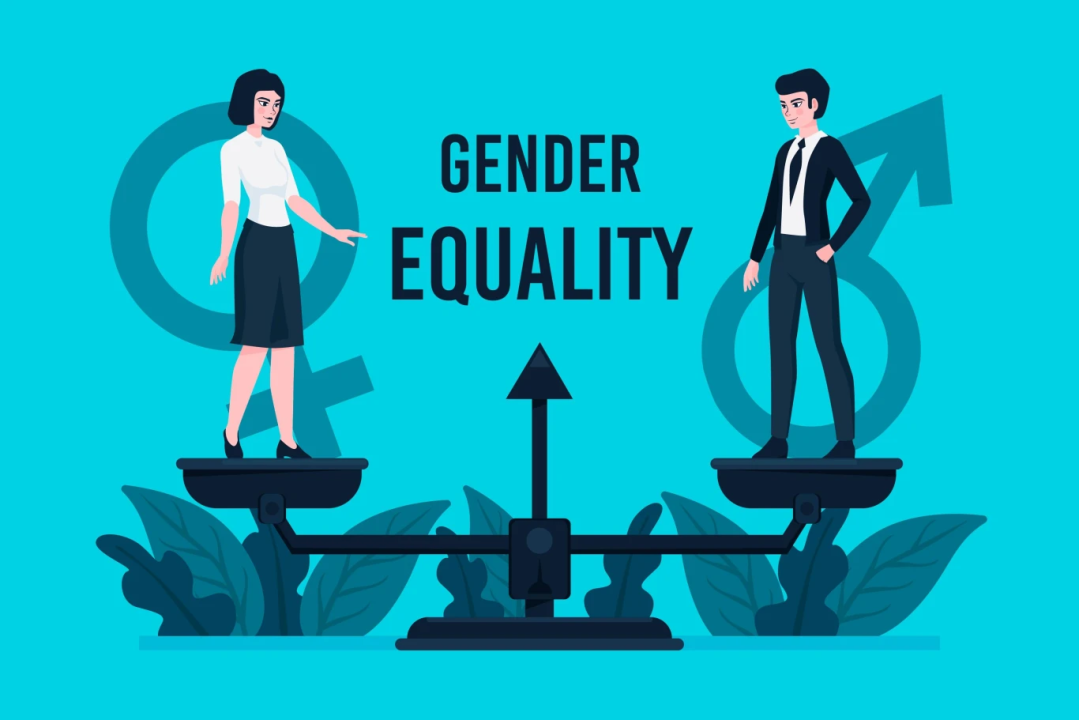Introduction:
Gender diversity in the workplace is not just a matter of equality; it’s also a strategic imperative for businesses seeking to thrive in today’s dynamic environment. While progress has been made in recent years, there is still a significant gender gap in many industries and sectors. In this blog post, we’ll explore the importance of championing gender diversity in the workplace and strategies for closing the gender gap.
Why Gender Diversity Matters:
Innovation and Creativity: Gender-diverse teams bring together a variety of perspectives, experiences, and ideas, fostering innovation and creativity. By embracing gender diversity, organizations can tap into a broader range of talents and insights, driving business growth and competitiveness.
Better Decision-Making: Research has shown that diverse teams make better decisions. When multiple viewpoints are considered, it leads to more robust discussions, enhanced problem-solving, and ultimately, better outcomes. Gender diversity in leadership positions can help organizations make more informed and effective decisions.
Attracting and Retaining Talent: In today’s job market, employees value diversity and inclusivity. Companies that prioritize gender diversity are more likely to attract top talent and retain employees. A diverse and inclusive workplace culture fosters a sense of belonging and creates an environment where all employees can thrive.
Strategies for Closing the Gender Gap:
Leadership Commitment: Gender diversity initiatives must start at the top. Leaders should champion diversity and inclusion efforts, setting the tone for the entire organization. By demonstrating a commitment to gender diversity, leaders can inspire meaningful change and hold others accountable.
Diverse Hiring Practices: Implementing diverse hiring practices is essential for building a gender-diverse workforce. This includes actively recruiting women for all levels of the organization, ensuring diverse candidate slates, and mitigating unconscious bias in the hiring process.
Equal Pay and Benefits: Addressing gender pay disparities is critical for closing the gender gap. Organizations should conduct regular pay equity audits to identify and rectify any discrepancies. Additionally, offering family-friendly policies and benefits can support gender equality in the workplace.
Professional Development and Mentorship: Providing opportunities for professional development and mentorship is key to advancing gender diversity. Organizations should offer leadership development programs specifically tailored to women, as well as mentorship initiatives to support career growth and advancement.
Creating a Supportive Culture: Foster a culture of inclusivity where all employees feel valued, respected, and supported. Encourage open dialogue about gender diversity issues, provide training on unconscious bias, and establish support networks for women in the workplace.
Closing Thoughts:
Championing gender diversity in the workplace is not just the right thing to do; it’s also a strategic imperative for business success. By embracing gender diversity, organizations can drive innovation, improve decision-making, and attract top talent. Closing the gender gap requires a concerted effort from leaders, employees, and stakeholders across the organization. Together, we can create a more equitable and inclusive workplace where everyone has the opportunity to thrive.












